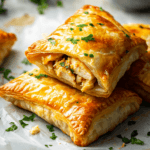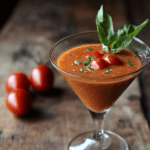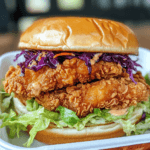Feeding your aquarium fish the right diet is essential for their overall health, vibrant colors, and energy levels. While store-bought fish food is convenient, it often contains fillers, artificial additives, or lacks species-specific nutrients. That’s where a homemade Fish Food Recipe can make a real difference, offering a healthier and more natural alternative.
Creating your own fish food allows you to choose high-quality ingredients that meet the specific dietary needs of your fish—whether they are herbivores, carnivores, or omnivores. You can incorporate fresh vegetables, proteins like shrimp or fish, and superfoods such as spirulina, all of which contribute to stronger immunity and better growth. It’s also a cost-effective way to ensure your fish are getting the nutrients they need without breaking the bank.
In this guide, we’ll explore everything you need to know about making your own Fish Food Recipe at home. From ingredient lists to step-by-step instructions and storage tips, you’ll learn how to prepare nutritious, customized meals that your aquarium fish will love. Whether you’re a beginner or an experienced fish keeper, homemade fish food is a rewarding and beneficial choice.
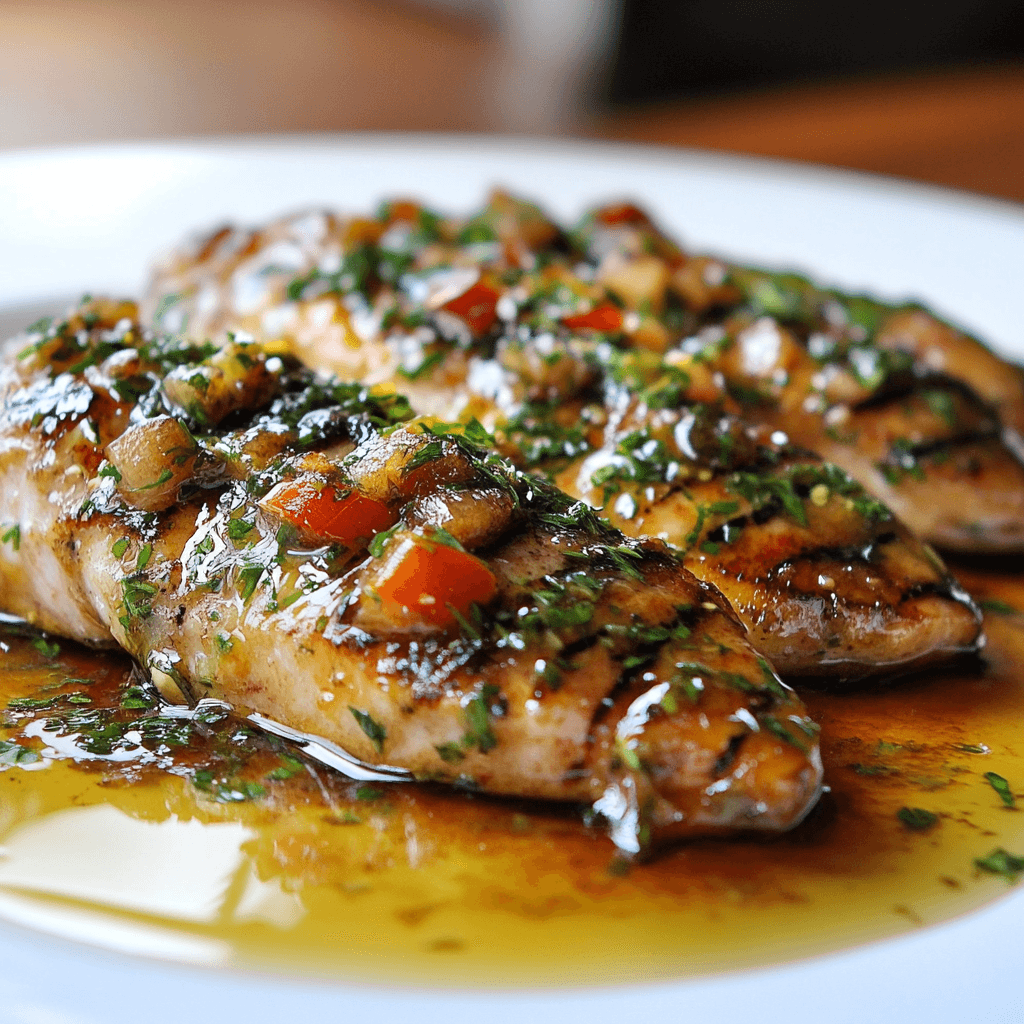
Why Choose Homemade Fish Food?
Creating your own fish food at home has several advantages:
- Tailored Nutrition: Cater to the specific dietary needs of different fish species.
- Higher Quality Ingredients: Use fresh, natural, chemical-free foods.
- Reduced Risk of Disease: Boost immune systems with nutrient-dense ingredients.
- Cost Savings: Prepare large batches at a fraction of the commercial price.
- Eco-Conscious: Avoid plastic packaging and waste.
Essential Ingredients in Homemade Fish Food
Here are some common ingredients used in most DIY fish food recipes:
| Type | Ingredients | Purpose |
|---|---|---|
| Protein | Shrimp, white fish, tuna, egg yolk | Growth, energy, muscle building |
| Vegetables | Spinach, peas, kale, zucchini | Digestion, vitamins |
| Binders | Gelatin, agar-agar | To hold the food together |
| Supplements | Spirulina, garlic, fish oil | Immunity, color, flavor |
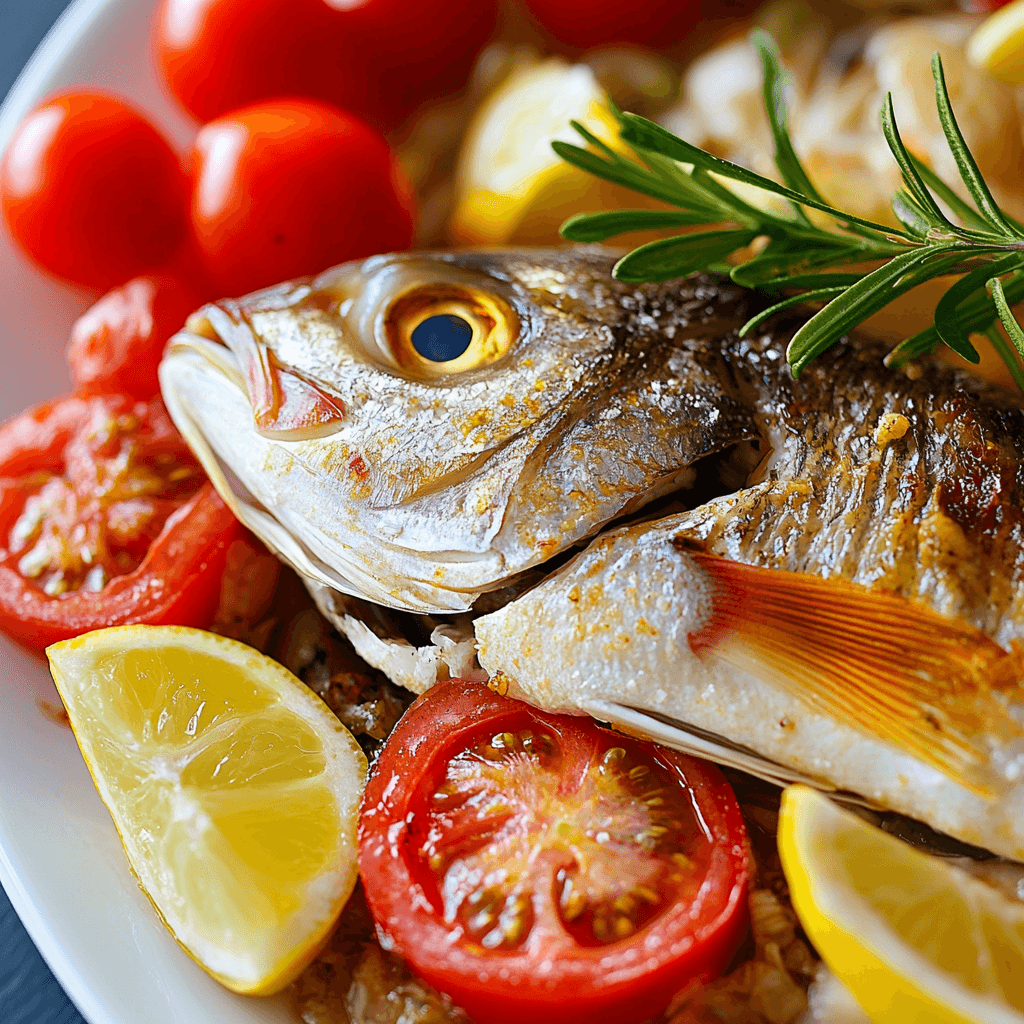
General Fish Food Recipe (All-Purpose)
Ingredients:
- 1 cup spinach or kale (steamed)
- ½ cup shelled peas (boiled)
- ½ cup shrimp or white fish (cooked, boneless)
- 1 small piece garlic (optional)
- 1 tsp spirulina powder
- 1 tbsp fish oil or cod liver oil (optional)
- 1 packet unflavored gelatin
- ½ cup warm water
Instructions:
- Blend all ingredients into a smooth paste.
- Dissolve gelatin in warm water, then mix into the paste.
- Pour into ice cube trays or spread in a flat dish.
- Let set in the refrigerator for a few hours until firm.
- Cut into small pieces and freeze for up to 3 months.
Fish Food Recipes by Fish Type
🐠 Goldfish Recipe (Primarily Herbivorous)
- Ingredients: Peas, spinach, carrot, zucchini, spirulina
- Notes: Avoid high protein or oily foods; goldfish prefer veggies.
🐟 Betta Fish Recipe (Carnivorous)
- Ingredients: Bloodworms, daphnia, shrimp, fish fillet, garlic
- Notes: High-protein content is essential for vibrant colors and energy.
🐡 Cichlid Recipe (Omnivorous to Carnivorous)
- Ingredients: Shrimp, krill, spirulina, spinach, garlic
- Notes: Spirulina enhances their bright colors. Add variety to reduce aggression.
🐠 Tropical Community Fish Recipe
- Ingredients: Mixed veggies, spirulina, fish fillet, egg yolk, gelatin
- Notes: A balanced option for guppies, tetras, mollies, and others.
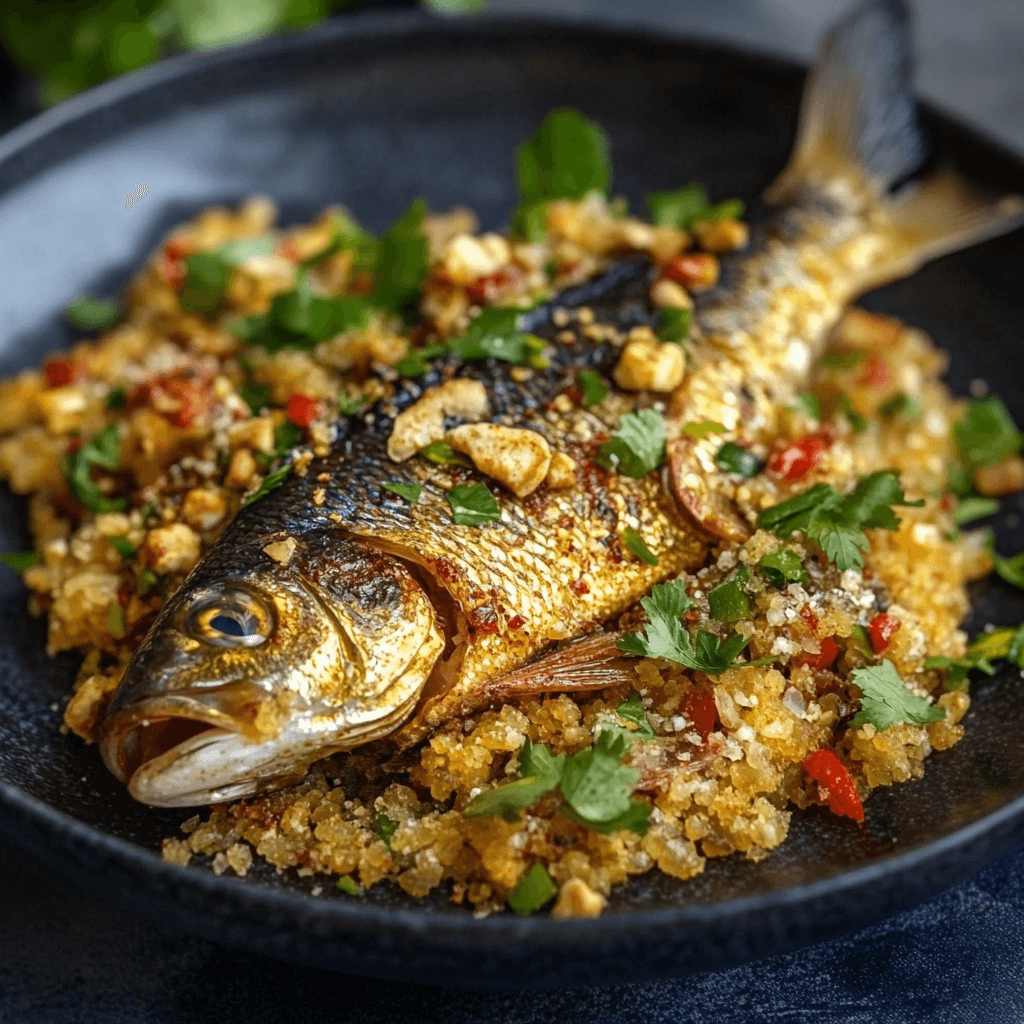
Feeding Guidelines
- Feed 1–2 times per day, in quantities fish can consume within 2–3 minutes.
- Always remove leftovers to maintain water quality.
- Monitor fish behavior and adjust the recipe if needed.
Storage Tips
- Refrigerator: Keeps food fresh for up to 1 week.
- Freezer: Store in airtight containers or bags for 1–3 months.
- Label Batches: Note the date and type of food for easier rotation.
Frequently Asked Questions (FAQs)
Q1: Is homemade fish food safe?
Yes, as long as you use fresh ingredients and avoid harmful items (like onions or dairy), homemade fish food is perfectly safe.
Q2: Can I feed homemade food exclusively?
You can, but it’s best to rotate with high-quality commercial food or live foods for a balanced diet.
Q3: What should I avoid in fish food?
Avoid processed meats, onions, garlic in excess, spicy or oily foods, and anything with preservatives.
Q4: How do I know if my fish like the food?
Watch for excitement during feeding and ensure no food is left uneaten. A healthy appetite and vibrant color are good signs.
Final Thoughts
Creating your own fish food recipe isn’t just rewarding—it’s one of the best ways to support the health and happiness of your aquatic pets. Whether you have herbivores, carnivores, or omnivores, there’s a custom recipe that fits their needs. Try it today and watch your fish thrive like never before!
